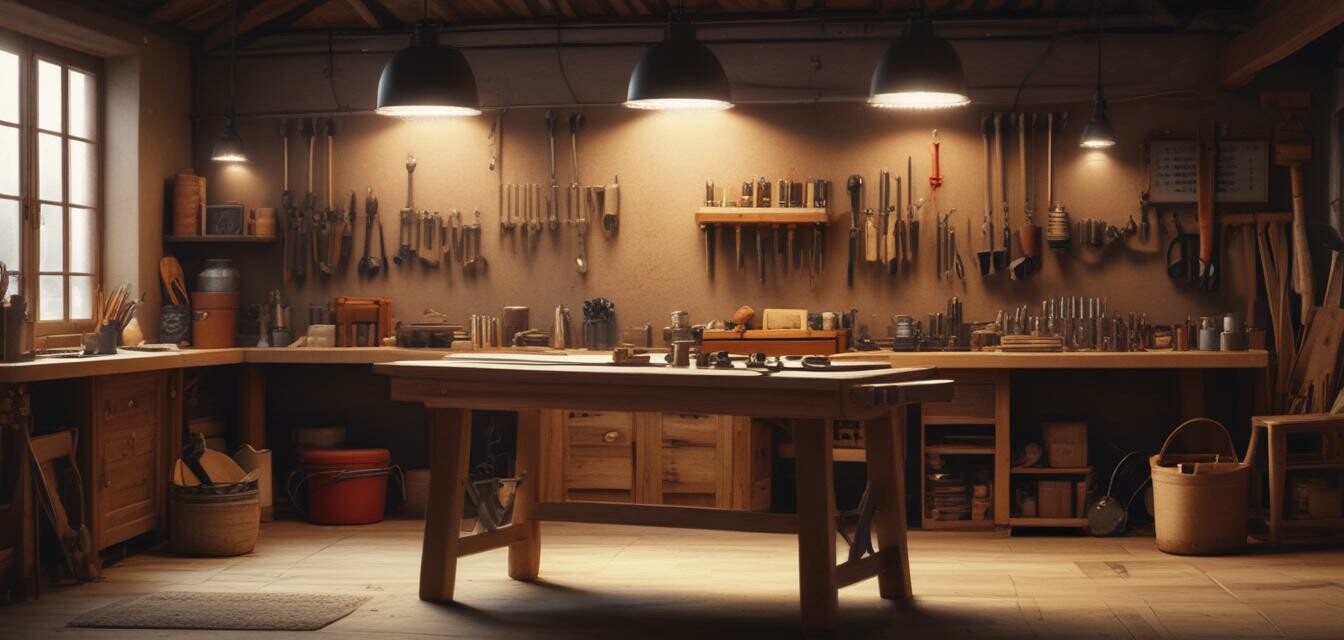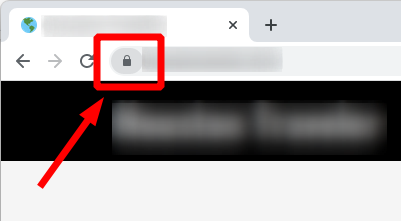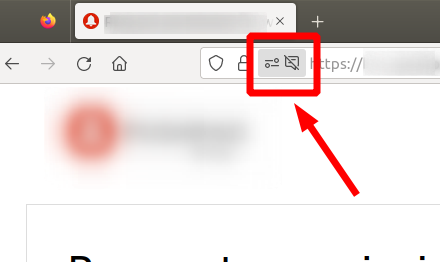
Building a Workbench: A Step-by-Step Guide
Key Takeaways
- Choose the right materials for your workbench based on your needs and space.
- Utilize portable power tools for efficiency and precision.
- Follow a step-by-step approach to ensure stability and functionality.
- Customize your workbench to cater to your specific DIY projects.
Building a workbench is a rewarding project that adds value to your DIY workspace. Whether you're a beginner or an experienced DIY enthusiast, this guide will help you create a sturdy workbench using portable power tools. Let’s get started!
Materials Needed
Before beginning your project, gather the following materials:
- 2x4 lumber (for the frame and top)
- Wood screws
- Plywood or MDF (for the top surface)
- Wood glue
- Sandpaper
- Wood stain or paint (optional)
Tools Required
Using the right tools is crucial for building a workbench. Here’s a list of tools you’ll need:
- Portable saw (like a circular saw)
- Impact wrench (for driving screws efficiently)
- Drill (a reliable cordless drill will work well)
- Measuring tape
- Level
- Square
Step-by-Step Construction
1. Design Your Workbench
Start by sketching out the dimensions for your workbench. A common size is 2 feet wide by 6 feet long, but customize it based on your space.
2. Cut the Wood
Using your portable saw, cut the wood to the required dimensions.
3. Assemble the Frame
Construct the frame using the 2x4 lumber. Secure the pieces with wood screws, ensuring that everything is level.
| Step | Action | Tool |
|---|---|---|
| 1 | Cut 2x4s to size | Circular Saw |
| 2 | Assemble frame | Drill |
| 3 | Attach top surface | Wood Glue & Screws |
4. Add the Top Surface
Attach your plywood or MDF using wood glue and screws for added stability.
AVID POWER 20V MAX Lithium Ion Cordless Drill Set
A versatile power drill kit, equipped with a real-time battery level display and a 15+1 position clutch for precise control.
Learn More5. Sand and Finish the Workbench
Once assembled, sand the surface to remove any rough edges. Stain or paint your workbench according to your preference.
Customization Ideas
Consider adding features to your workbench to enhance functionality:
- Drawers or shelves for tool storage
- Clamps and vices for stability during projects
- Integrated power strip for easy access to electricity
Maintenance Tips
Your workbench will be a long-term investment; here are tips to keep it in top shape:
- Regularly check for any loose screws or joints.
- Re-sand and refinish the top surface as it wears.
- Keep your tools organized to avoid clutter.
Explore More DIY Projects
Check out our DIY Projects section for more ideas and step-by-step guides on using portable power tools in your creative endeavors.
Tips for Beginners
- Start with basic designs and gradually add complexity.
- Practice measuring and cutting on scrap wood.
- Always use protective gear when working with power tools.
Pros
- Customizable to meet specific needs
- Enhances workspace efficiency
- Build using affordable materials
Cons
- Requires time and effort to build
- May need basic woodworking skills


